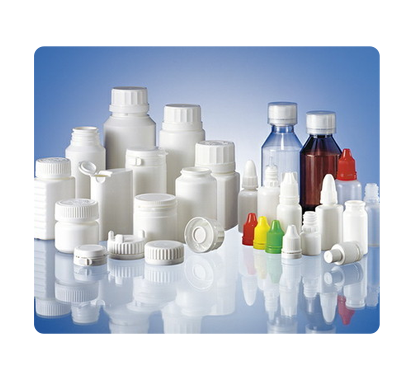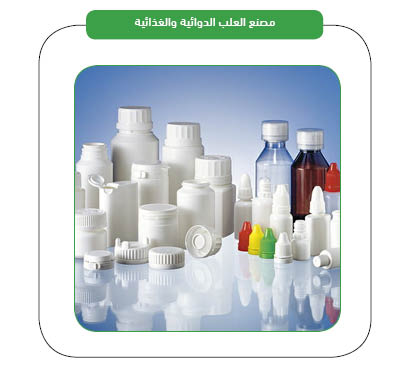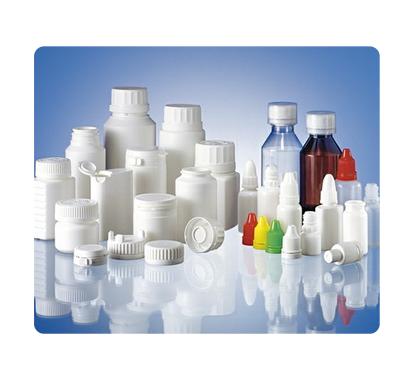The project involves establishing a factory for the production of pharmaceutical and food packaging boxes. The factory will manufacture boxes used for storing medicines and food products, including (carton medicine boxes – carton food boxes – paper sheets – paper stickers). The factory targets multiple sectors such as (hospitals – clinics – health units – medical centers – private clinics – pharmacies – supermarkets – food centers – consumer cooperatives – restaurants – hotels) to leverage the increasing demand for these products due to the growth and development of the targeted sectors. The feasibility study for the pharmaceutical and food packaging boxes factory indicates that establishing the factory represents an investment opportunity that yields high profits and financial returns.

There are a set of procedures that your project company carries out for feasibility studies and business plans in the process of preparing a feasibility study for a pharmaceutical and food packaging factory project, which can be summarized in studying and analyzing the project initially, studying the size of the market, competitors and the marketing gap. It is clear from all of this that the market is in dire need of the project’s products, which are: (cardboard medicine boxes – cardboard food boxes – paper sheets – paper sticker), as the project specializes in producing cardboard medicine boxes, internal medicine leaflets, and sticker paper that is attached to the medicine bottle, in addition to producing boxes for some food items that are used in packing some ready-made meals, baked goods and some other food items. <The factory follows international quality in all its products, and offers them at competitive prices, relying on professional and qualified administrative and technical cadres to provide products with a special and distinctive character for various targeted sectors. The factory targets a variety of sectors, which are: factories manufacturing food products, factories manufacturing beverages, factories manufacturing basic pharmaceutical products and pharmaceutical preparations. The factory also specifically targets: (hospitals – clinics – health units – medical centers – private clinics – pharmacies – supermarkets – food centers – consumer associations – restaurants – hotels), with the aim of exploiting the size of the pharmaceutical and food packaging market, and the factory seeks to acquire a large percentage of the marketing gap.



Executive Summary
Study of project services/products
Market size study.
Risk assessment study.

The industrial sector in the GCC countries The industrial sector is considered the cornerstone of the renaissance of global economies, and its indicators are indicative of the extent of countries’ progress and development. If it were not for the strength of the industrial sector in some Western countries today, the people of the Arab world would not have pointed to it. Given the importance of this vital sector, “Your Project” Company would like to present to you the following most important keys to the sector in the GCC countries:
_ Number of producing factories: 8258. _ Number of licensed workers: 968,121. _ The capital of these factories is estimated at about 1,256,616 million riyals. _ The largest industrial activities in terms of the number of factories producing non-metallic minerals (1641 factories), followed by the rubber and plastics activity with a number of factories reaching (1122 factories). _ The Riyadh region has the largest percentage of factories (3332 factories), followed by the Eastern Region with a number of factories reaching (1877 factories), then the Makkah Al-Mukarramah region (1741 factories). _ Small factories in the Kingdom represent 43.7% of the total existing factories (3671 factories). The number of workers in them is 111,354 workers. _ Medium-sized factories in the Kingdom represent 46.6% of the total existing factories (3907 factories). The number of workers in them is 379,342 workers. _ Large factories in the Kingdom represent 9.7% of the total existing factories (813 factories). The number of workers in it is 477,425 workers. _ There are 1801 factories under construction in the Kingdom of Saudi Arabia. The number of licensed workers in these factories is estimated at about 78,650 workers. The capital of these factories amounts to 68,481 million riyals. _ The Riyadh region accounts for 40.4% of the total factories under construction (728 factories).
_ According to the latest statistics, the number of existing factories is 6,481. _ The number of workers is 737,126. _ The number of establishments operating in the manufacturing sector is 32,654. _ The value of production in the UAE manufacturing sector is 448,127 million dirhams. _ The coke and refined petroleum products industry is the largest industrial activity in terms of production value, and its production – according to the latest official statistics – amounted to about 119,787 million dirhams. _ The industrial sector in the UAE contributes about 8.4% to the gross domestic product. _ The value of industrial exports today exceeds 240 billion dirhams. _ The UAE aspires to be ranked 25th in the Global Industrial Performance Competitiveness Index, noting that it ranked 38th years ago. _ The state strategy supports the establishment and founding of 13,500 small and medium-sized companies.
_ The number of industrial establishments is 5539 establishments. _ The number of workers in the sector is 160,654 workers. _ The total production value is 35,929,708 thousand Kuwaiti dinars. _ The number of establishments employing (1-10) workers is 4526 establishments. The number of workers in these establishments is 24,048 workers. The production value of these establishments has reached 250,322 thousand Kuwaiti dinars. _ The number of establishments employing (11-19) workers is 464 establishments. The number of workers in these establishments is 6,871 workers. The total production value has reached 113,126 thousand Kuwaiti dinars. _ The number of establishments employing more than 20 workers is 549 establishments. The number of workers in these establishments is 129,735 workers. The total production value of these establishments has reached 35,566,260 thousand Kuwaiti dinars.
_ The number of industrial establishments is 3467. _ The number of workers in these establishments is 161,872 workers. _ Small and medium industries account for about 84% of the total factories operating in the country. _ The manufacturing industry contributes about 9.2% to the gross domestic product. _ Establishments with less than (10 workers) equal 1799 establishments, and the number of workers in them is 8,305 workers. _ Establishments with more than (10 workers) equal 1668 establishments. The number of workers in these establishments is 153,567 workers.
_ There are 61,217 establishments operating in the manufacturing sector in the Sultanate of Oman. _ The workforce in the manufacturing sector in the Sultanate is equal to 237,000 workers. _ Manufacturing industries contribute about 9.6% to the GDP of the Sultanate of Oman. _ 31.4% is the contribution of manufacturing exports to the total exports of the Sultanate. _ The growth rate of manufacturing industries is estimated at about 6% during the past five years.
